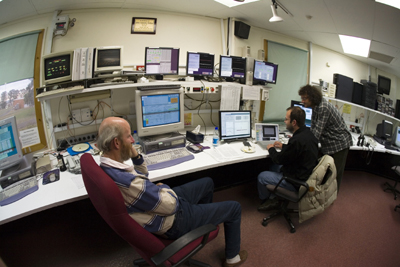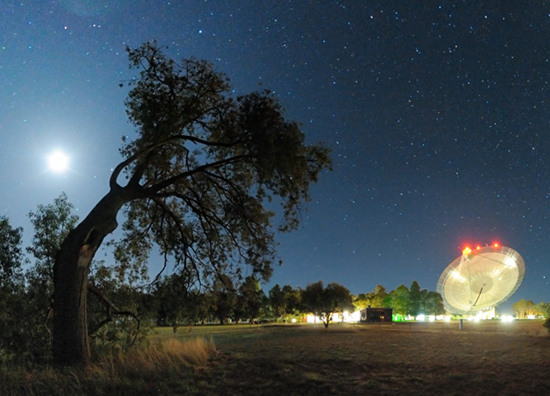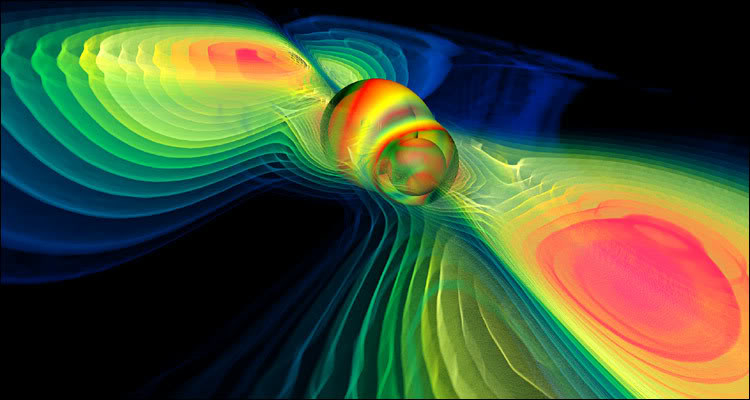Take a bow, Darren Chase of Adelaide! You too, Steve Mellor of Perth (WA).
Darren and Steve are just two of the “citizen scientists” who’ve recently contributed to the discovery of 24 new pulsars in data taken by the Parkes telescope.
They, and other volunteers around the world, provide time on their own computers for chewing through data provided by Einstein@Home, a “distributed volunteer computer project”.
Up to 48 000 volunteers donate computer time each week, and more than 330 000 have contributed to the program since it began in 2005.
The main, long-term goal of Einstein@Home is to detect gravitational waves. But since 2009 the program has also been hunting for new pulsars.
Why? Getting a handle on the whole pulsar population is part of understanding the lives of stars – the evolutionary processes that see them wind up as pulsars. And it also feeds into searches for gravitational waves, for which scientists need an estimate of how often neutron stars (of which pulsars are one type) collide and create gravitational waves.
For this latest search the dataset was from the Parkes multi-beam pulsar survey carried out in the 1990s.
Astronomers studying pulsars with the Parkes telescope.
This survey is one of the most successful ever made, and has now yielded more than 800 pulsars.
About 600 of them were found when the survey data was first processed. But after this analysis was complete, the researchers noticed that the number of binary and millisecond pulsars was unusually low. Had they missed something?
Four more re-analyses turned up another 174 pulsars between them. But there was further work to be done.
CSIRO’s Parkes telescope. Photo: Alex Cherney / terrastro.com
The Einstein@Home team used a new technique to search specifically for pulsars in compact binary orbits. The total computing time donated by the volunteers for this search was about 17 000 CPU core years.
The pulsar candidates turned up by the search were put through a number of checks and then re-observed, to confirm that they were real.
Of the 24 new pulsars found, 18 are singletons and six are members of binary systems.
Despite this haul, there are STILL more pulsars to be dug out of this dataset, the Einstein@Home team says. Some pulsars turn on and off, making them harder to spot; and in any data analysis, some assumptions (such as binaries being in circular orbits) have to be made. Re-examine the data with slightly tweaked assumptions and you can find more.
The answer? Even more computer power, the Einstein@Home team says – most probably provided by distributed computing.
So it’s not too late to join the ever-growing army of volunteer astronomers … and become part of something big.
Computer model of the gravitational waves coming from the collision of two black holes. Image: MPI for Gravitational Physics/W.Benger-ZIB




